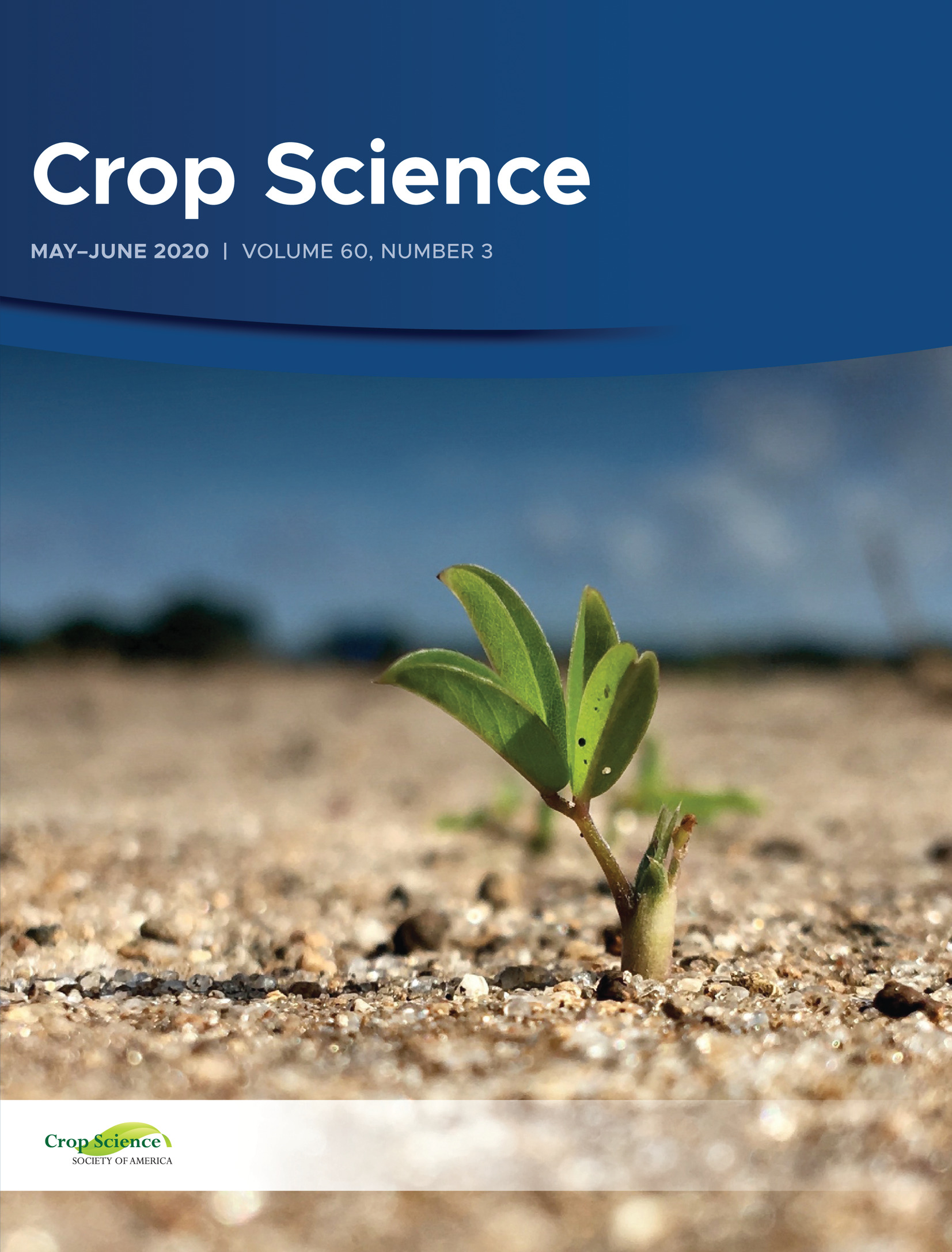Ver ítem
- xmlui.general.dspace_homeCentros Regionales y EEAsCentro Regional Buenos Aires NorteEEA PergaminoArtículos científicosxmlui.ArtifactBrowser.ItemViewer.trail
- Inicio
- Centros Regionales y EEAs
- Centro Regional Buenos Aires Norte
- EEA Pergamino
- Artículos científicos
- Ver ítem
Genomic prediction for broad and specific adaptation in sorghum accommodating differential variances of SNP effects
Resumen
This paper reports a first study exploring genomic prediction for adaptation of sorghum [Sorghum bicolor (L.) Moench] to drought‐stress (D‐ET) and non‐stress (W‐ET) environment types. The objective was to evaluate the impact of both modeling genotype‐by‐environment interaction (G × E) and accounting for heterogeneous variances of marker effects on genomic prediction of parental breeding values for grain yield within and across environment types (ET). For
[ver mas...]
This paper reports a first study exploring genomic prediction for adaptation of sorghum [Sorghum bicolor (L.) Moench] to drought‐stress (D‐ET) and non‐stress (W‐ET) environment types. The objective was to evaluate the impact of both modeling genotype‐by‐environment interaction (G × E) and accounting for heterogeneous variances of marker effects on genomic prediction of parental breeding values for grain yield within and across environment types (ET). For this aim, different genetic covariance structures and different weights for individual markers were investigated in BLUP‐based prediction models. The BLUP models used a kinship matrix combining pedigree and genomic information, termed K‐BLUP. The dataset comprised testcross yield performances under D‐ET and W‐ET as well as pedigree and genomic data. In general, modeling G × E increased predictive ability and reduced empirical bias of genomic predictions for broad adaptation across both ETs compared to models that ignored G × E by fitting a main genetic effect only. Genomic predictions for specific adaptation to D‐ET or to W‐ET were also improved by K‐BLUP models that explicitly accommodated G × E and used data from both ETs, relative to prediction models that used data from the targeted ET exclusively or models that used all the data but assumed no G × E. Allowing for heterogeneous marker variances through weighted K‐BLUP produced clear increments (between 43% and 72%) in predictive ability of genomic prediction for grain yield in all adaptation scenarios. We conclude that G × E as well as locus‐specific genetic variances should be accommodated in genomic prediction models to improve adaptability of sorghum to variable environmental conditions.
[Cerrar]

Autor
Velazco, Julio Gabriel;
Jordan, David R.;
Hunt, Colleen H.;
Mace, Emma S.;
van Eeuwijk, Fred A.;
Fuente
Crop Science 60 (3) : 1-33 (May -June 2020)
Fecha
2020-05
Editorial
American Society of Agronomy
ISSN
1435-0653 (online)
Formato
pdf
Tipo de documento
artículo
Palabras Claves
Derechos de acceso
Restringido
 Excepto donde se diga explicitamente, este item se publica bajo la siguiente descripción: Creative Commons Attribution-NonCommercial-ShareAlike 2.5 Unported (CC BY-NC-SA 2.5)
Excepto donde se diga explicitamente, este item se publica bajo la siguiente descripción: Creative Commons Attribution-NonCommercial-ShareAlike 2.5 Unported (CC BY-NC-SA 2.5)

